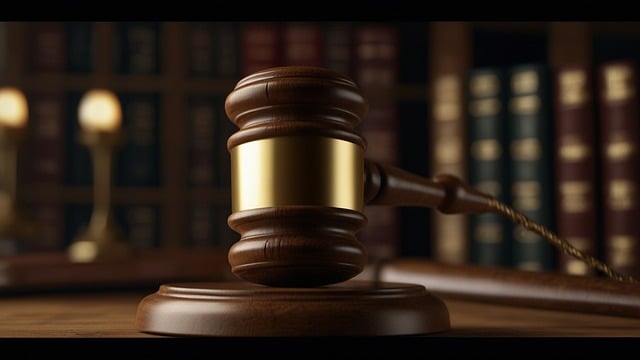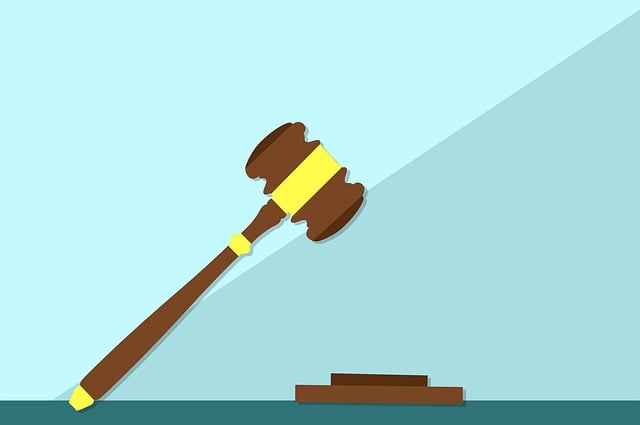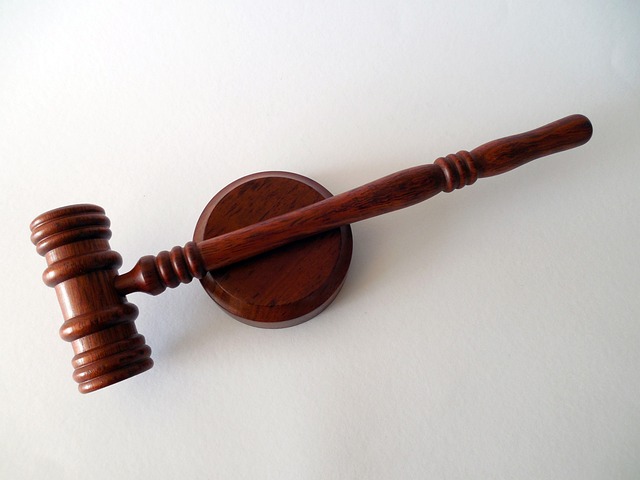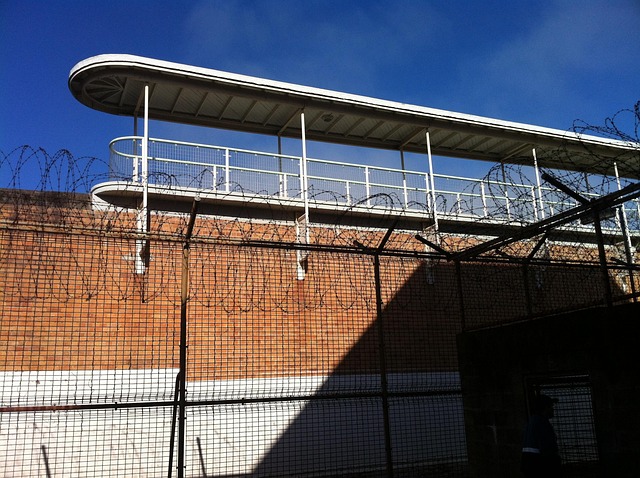Drug Interaction and DUI Law critically address harm caused by impaired driving, including significant property damage. The impact of drug interaction on judgment and motor skills, similar to alcohol's effects, leads to stricter penalties for multiple substance use in DUI cases. Legal systems impose stringent fines, community service, and jail time under well-defined Property Damage DUI Liability frameworks. Key determinants of liability include driver impairment levels and incident circumstances. Mitigating risks involves drivers maintaining drug-free practices, understanding medication interactions, and property owners enhancing security measures. Real-world case studies highlight the need for awareness about mixed substance use dangers, as seen in California and New York City incidents.
“In the intricate web of legal responsibilities, the intersection of Property Damage and DUI (Drunk Driving Under Influence) liability stands as a complex issue. This comprehensive guide aims to unravel the multifaceted aspects of property damage caused by individuals under the influence of drugs, with a keen focus on drug interaction and its impact on existing DUI laws. From understanding the legal framework to assessing liability and exploring risk mitigation strategies, we delve into this critical topic, offering valuable insights for drivers and property owners alike.”
- Understanding Property Damage DUI Liability: A Comprehensive Overview
- Drug Interaction and Its Impact on DUI Laws
- The Legal Framework: Key Provisions and Regulations
- Assessing Liability: Determinants of Property Damage Responsibility
- Mitigating Risks: Strategies for Drivers and Property Owners
- Case Studies: Real-world Examples and Their Implications
Understanding Property Damage DUI Liability: A Comprehensive Overview

Property Damage DUI liability is a critical aspect of understanding the legal ramifications of driving under the influence (DUI) in the context of potential harm caused to others and their property. When an individual operates a vehicle while impaired by drugs or alcohol, the consequences can extend beyond personal injury and include significant property damage. This area of law is particularly complex due to the interplay between drug interaction and DUI legislation, which varies across jurisdictions but shares common goals: deterrence, public safety, and accountability.
In many legal systems, a conviction for DUI related to property damage carries stricter penalties than those for personal injury only. This is because property damage often involves financial losses for victims and may disrupt communities. The Drug Interaction and DUI Law relationship is significant here; the presence of drugs in an individual’s system can impact their decision-making abilities and coordination, increasing the likelihood and severity of property damage during a DUI incident. Consequently, courts often consider drug interaction as a key factor when determining liability and sentencing.
Drug Interaction and Its Impact on DUI Laws

In many jurisdictions, drug interaction plays a significant role in shaping DUI (Driving Under the Influence) laws. The presence of drugs in an individual’s system can significantly impair judgment and motor skills, similar to alcohol. However, unlike alcohol, the effects of drugs can vary widely based on the type and amount consumed, as well as individual factors like body weight and health. This variability makes drug interactions complex, necessitating stricter regulations and more nuanced legal interpretations.
Drug interaction with alcohol can exacerbate the effects of both substances, leading to heightened intoxication levels. This phenomenon is particularly relevant in cases where individuals consume both drugs and alcohol, which is not uncommon. As a result, DUI laws have evolved to address these interactions, often mandating stiffer penalties for drivers found impaired by a combination of substances. Understanding the specific drug interaction and its impact on behavior is crucial for both legal professionals and law enforcement to ensure fair and effective application of DUI legislation.
The Legal Framework: Key Provisions and Regulations

In many jurisdictions, the legal framework surrounding Property Damage DUI Liability is well-defined, with specific regulations addressing the intricate interplay between drug interactions and DUI laws. These provisions aim to ensure fair trials and just punishments for individuals facing charges related to driving under the influence of drugs or alcohol while causing property damage. Key aspects include stringent penalties for offenders, with sentences often encompassing fines, community service, and potential jail time.
The focus on drug interaction in DUI cases underscores the need to understand the cognitive and physical effects of various substances on drivers. This is crucial as it shapes the legal argumentation, evidentiary requirements, and ultimately, the verdict. Regulations may vary in their approach, but they universally seek to deter such behaviors, emphasizing public safety as a paramount concern.
Assessing Liability: Determinants of Property Damage Responsibility

Assessing liability in cases involving property damage and DUI (drunk driving under influence) is a complex process that hinges on several key determinants. One of the primary factors is the level of impairment caused by drug or alcohol interaction. Law enforcement officials and prosecutors must establish whether the driver’s cognitive and motor skills were significantly affected, leading to negligent behavior behind the wheel. This includes assessing reaction time, coordination, and decision-making abilities.
Additionally, the circumstances surrounding the incident play a crucial role. Factors such as speed, weather conditions, and visibility are considered when determining responsibility. Drug interaction and DUI laws emphasize that drivers have a legal obligation to operate their vehicles safely and responsibly. Any deviation from this standard of care can result in stringent liability, especially if property damage or injuries occur due to the driver’s impaired state.
Mitigating Risks: Strategies for Drivers and Property Owners

Mitigating Risks involves a combination of proactive measures for both drivers and property owners to minimize the potential for property damage and personal injury associated with DUI incidents. Drivers should prioritize safety by adhering strictly to drug-free driving practices, understanding the effects of medication interactions, and knowing their limitations. Regular health check-ups can help identify any conditions that might impair driving ability, prompting timely adjustments in behavior or lifestyle choices.
Property owners play a crucial role too. They can implement security measures like installing robust locks, advanced alarm systems, and surveillance cameras to deter potential intruders. Additionally, keeping valuable items secured and ensuring regular maintenance of property access points can significantly reduce the risk of damage or theft. Staying informed about local DUI laws, especially regarding drug interactions and their impact on driving ability, is also essential for both drivers and owners to avoid legal liabilities.
Case Studies: Real-world Examples and Their Implications

In the realm of property damage and DUI liability, real-world case studies offer valuable insights into the complexities of drug interaction and DUI law. These examples illustrate the far-reaching consequences of impaired driving, shedding light on both the legal and human costs. For instance, a 2018 study in California revealed that drivers involved in severe accidents with high damage levels were more likely to test positive for prescription medication, highlighting the need for greater awareness and education on the potential dangers of mixed substance use.
Similarly, a recent case in New York City demonstrated the impact of illegal drugs on driving ability. A driver under the influence of marijuana caused a multi-car collision, resulting in substantial property damage and injuries. This incident underscored the fact that drug interaction and DUI laws are evolving to address emerging substances in the market, necessitating ongoing research and stringent enforcement to ensure road safety.
In conclusion, understanding property damage DUI liability is essential in navigating the complexities of drug interaction and its impact on DUI laws. By delving into the legal framework, assessing responsibility, and employing risk mitigation strategies, both drivers and property owners can ensure compliance and protect themselves from potential liabilities. The case studies presented highlight the real-world implications, emphasizing the importance of a comprehensive approach to managing this delicate balance in today’s digital era.






